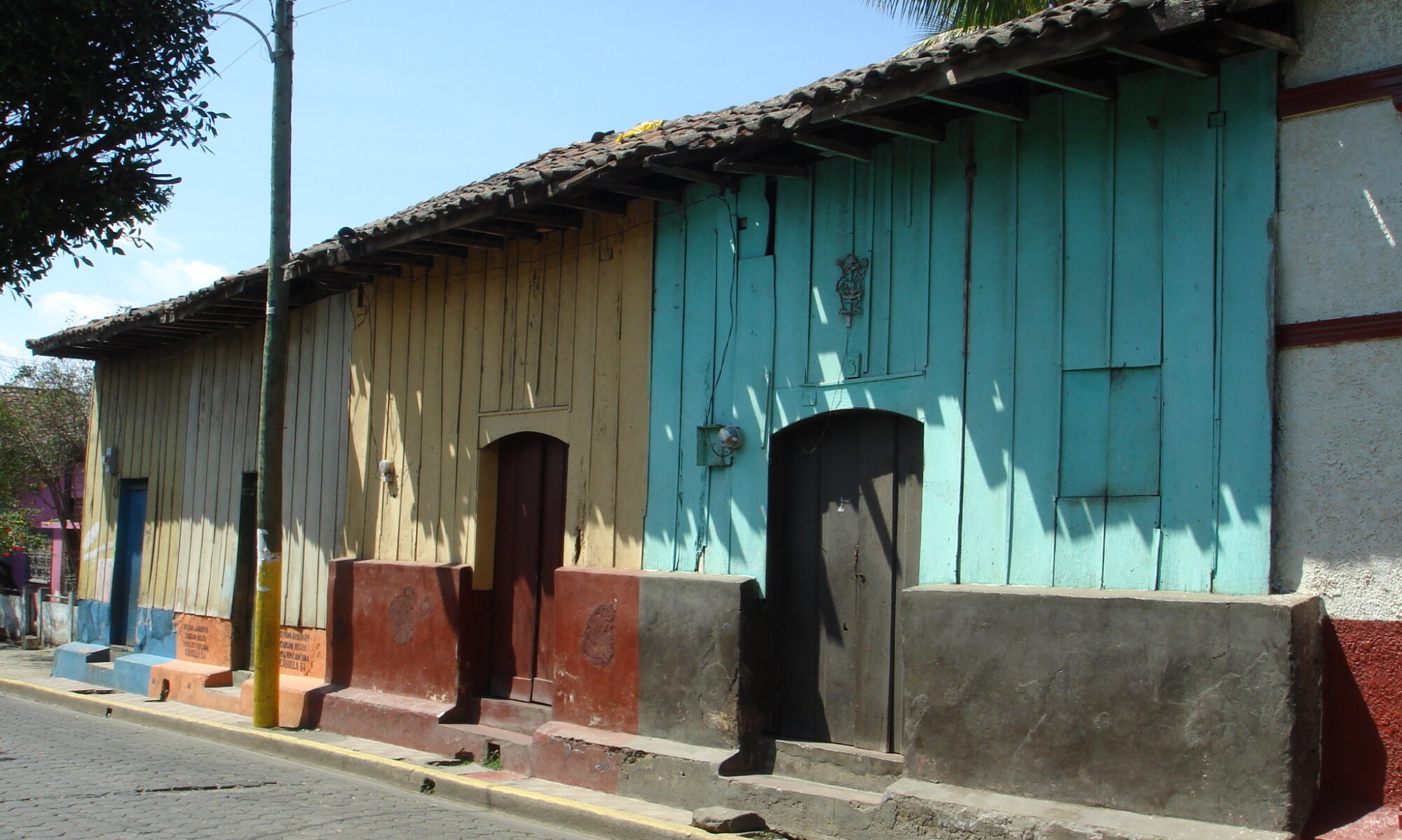by Amit Kumar
This is a typical rural construction found throughout India, except in the high rainfall areas in the northeastern part of the country. It is a single-family house, mainly occupied by the poorer segment of the population. The main load-bearing system consists of mud walls, which carry the roof load. In some cases wooden posts are provided at the wall corners and at intermediate locations. The wooden posts and walls are not structurally integrated, and therefore the loads are shared by the walls and the frame. There are very few openings (doors and windows) in these buildings. In rural areas there are usually no windows at all. In general, this type of construction is built by the owners and local unskilled masons and the craftsmanship is very poor. This building type is classified as grade-A (most vulnerable) per the IAEE building classification and IS Code 1893:1984. This is a low-strength masonry construction and it is considered extremely vulnerable to seismic forces.
Report # 22 : Unreinforced brick masonry walls with pitched clay tile roof
by Amit Kumar
This is a traditional construction practice followed in India for centuries. Buildings of this construction type are used for residential, commercial, and public purposes throughout India, especially in the northern and central parts, where good quality soil for brick production is widely available. This is a single-story construction used both in rural and urban areas. The walls are constructed using clay bricks laid in mud, brick-lime or cement/sand mortar. The roof does not behave as a rigid diaphragm. These buildings are built without any seismic provisions and are considered to be moderately-to-highly vulnerable to earthquake effects.
Report # 21 : Unreinforced brick masonry building with reinforced concrete roof slab
by Ravi Sinha, Svetlana N. Brzev
Typical rural and urban construction in western and southern India. This construction is widely prevalent among the middle-class population in urban areas and has become popular in rural areas in the last 30 years. Brick masonry walls in cement mortar function as the main load-bearing element. The roof structure is a cast-in-situ reinforced concrete slab. If constructed without seismic features, buildings of this type are vulnerable to earthquake effects. They exhibited rather poor performance during the Koyna (1967), Killari (1993), Jabalpur (1997), and Bhuj (2001) earthquakes in India.
Report # 20 : Unreinforced brick masonry walls in mud mortar with flat timber roof
by Amir Ali Khan, Khalid Moin
This is a traditional construction practice prevalent both in the urban and rural areas of northern India, particularly in the western part of the Uttar Pardesh state. According to the 1991 Indian census, this construction constitutes about 17% of the total national housing stock and about 31% of the U.P. housing stock. Typically, this is a single-story construction. The main load-bearing elements are unreinforced brick masonry walls in mud mortar built without any seismic provisions. The roof structure consists of timber beams supported by the walls. Clay tiles or bricks are laid atop the beams; finally, mud overlay is placed on top of the tiles for the thermal protection and to prevent leakage. The main seismic deficiencies are heavy roofs and low-strength masonry walls, which render the building rather vulnerable to seismic effects.
Report # 19 : Reinforced concrete frame building with masonry infill walls designed for gravity loads
by Kishor S. Jaiswal, Ravi Sinha, Alok Goyal
The construction of reinforced concrete buildings with brick masonry infill walls has been a very common practice in urban India for the last 25 years. Most of this construction has been designed for gravity loads only, in violation of the Code of Indian Standards for earthquake-resistant design. These buildings performed very poorly during the Bhuj earthquake of January 2001 and several thousand buildings collapsed. The collapse was not limited to the epicentral region. The seismic vulnerability of this construction is clearly demonstrated by the collapse of about 75 RCC frame buildings and damage to several thousand others in and around Ahmedabad, which is over 250 km from the epicenter.
Report # 18 : Rubble stone masonry walls with timber frame and timber roof
by Svetlana N. Brzev, Marjorie Greene, Ravi Sinha
This typical rural construction in central, southern, and northern India houses millions of people. It is cheap to construct using field stones and boulders, but extremely vulnerable in earthquakes because of its heavy roofs and poorly constructed walls. The load-bearing structure is a traditional timber frame system, known as ‘khan’. It is a complete frame with timber posts spanned at about 2.6 m. Thick stone walls (typical thickness 600 mm – 1.2 m) provide enclosure and partial support to the roof. Walls are either supported by strip footings of uncoursed rubble masonry or are without any footings at all. The roof structure consists of timber planks and joists. To help keep the interiors cooler during hot summer months (peak temperatures exceeding 40°C.), a 500-800 mm thick mud overlay covers the top the roof. This construction type is considered to be very vulnerable to earthquake effects. Many buildings of this type were damaged or collapsed in the 1993 Killari (Maharashtra) earthquake (M 6.4) with over 8,000 deaths.







